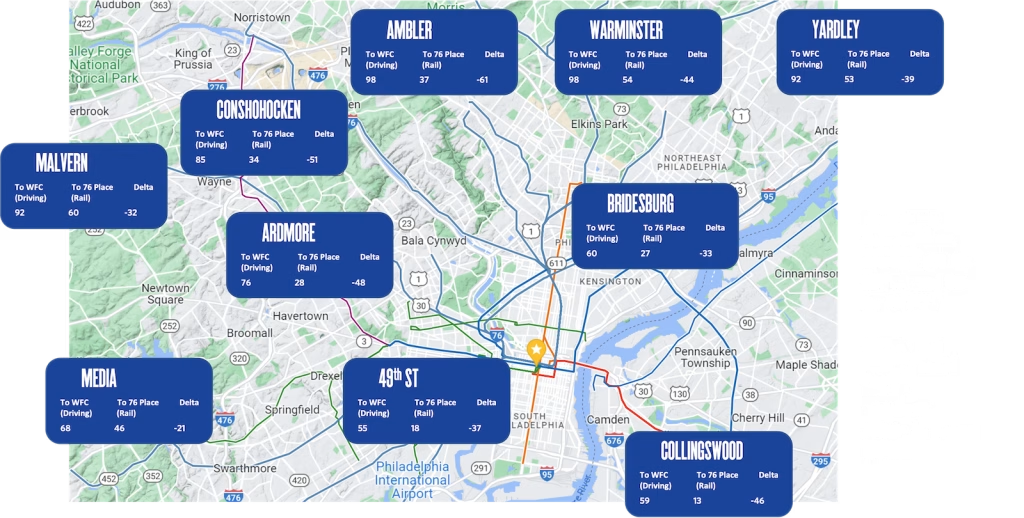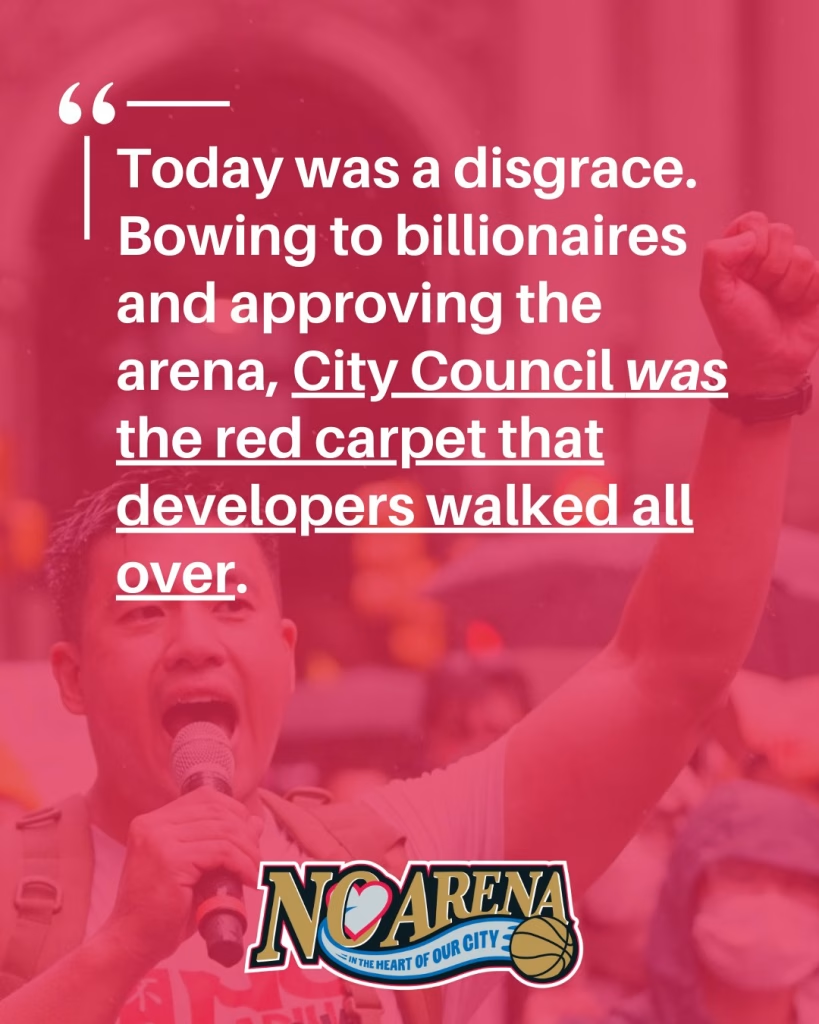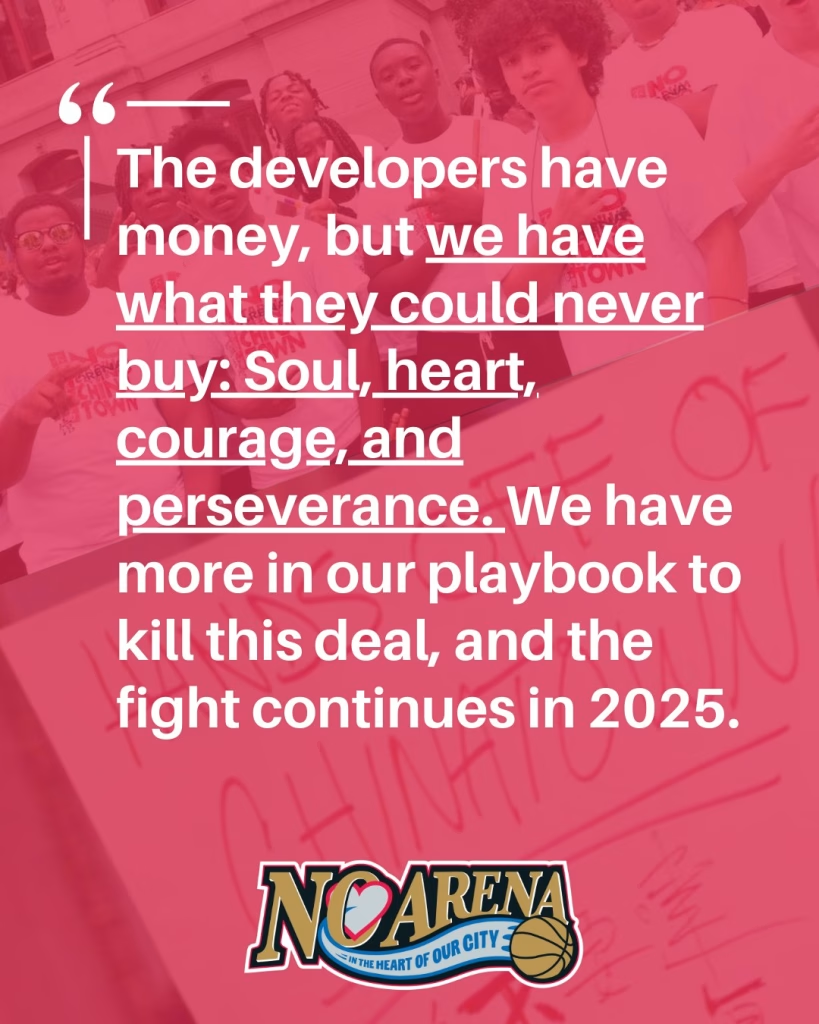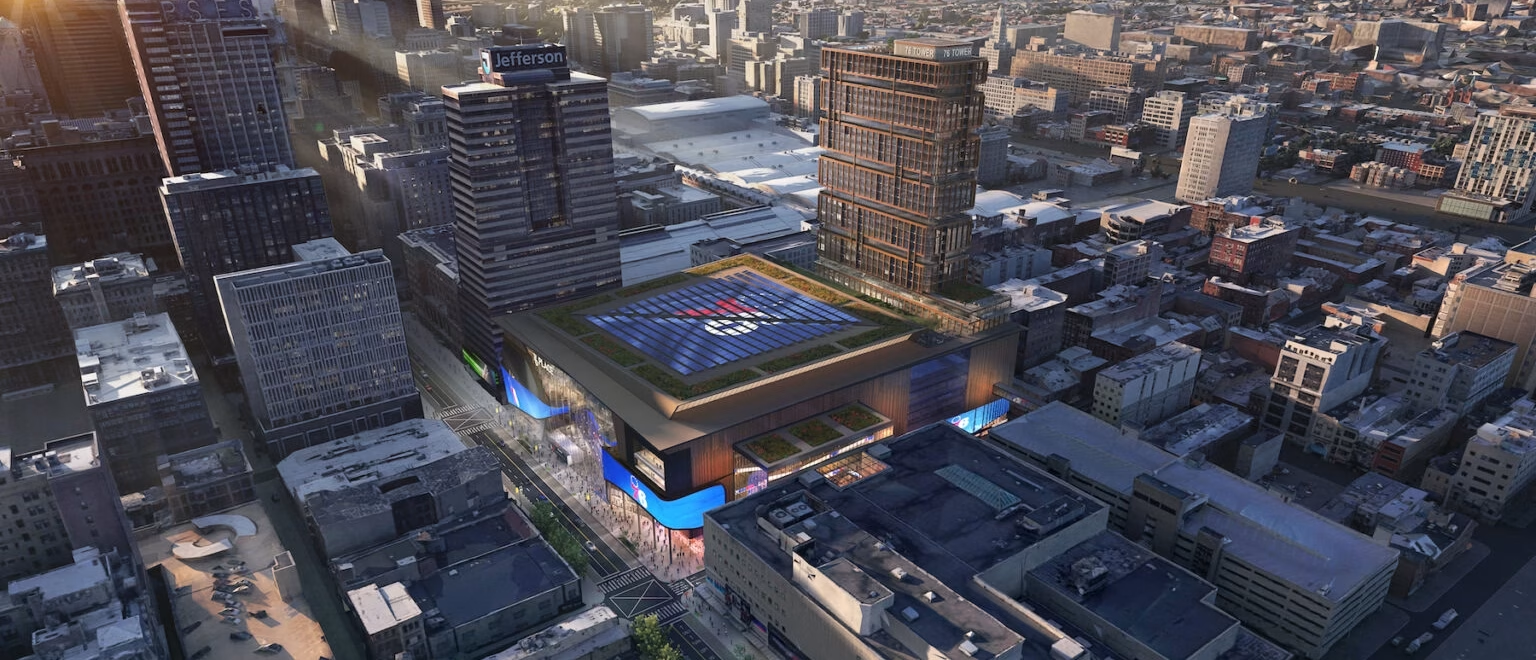10, 9, 8…$1.3 Billion
After a final 12-5 vote, Philadelphia City Council approved building a new downtown Sixers’ arena at 11th and Market Street. The venue will take over the ever-floundering Gallery Mall above Jefferson Station. 76 Place will open by the start of the 2031/2032 season and will seat 18,500 people. The approval of the downtown arena has been met with completely mixed, but equally heated opinions about the validity of a sports venue being built in Center City Philadelphia. Some view it as the start of tremendous reinvestment into an area of the city lacking it. A step in the right direction. To those who oppose the building, it is another example of the wealthy exploiting city resources for their own gain, and the city’s infrastructure cannot sustain this endeavor while also crushing an entire community of people.
76 Place Positives
This downtown arena is a $1.3 billion private investment into the city. Specifically in an area of the city–The Fashion District/Market East–that has always seemed to spin its wheels on becoming a destination area of the city. The arena would only be 4 blocks away from the Liberty Bell, the heart of Old City, and only about three blocks from City Hall. It is a prime location and the city is hoping an investment here could spawn more businesses to do the same. As far as traffic concerns go, the pro-arena movement argues that the lots and garages that already exist in that general area, combined with the location atop Jefferson Station would be more than enough to mitigate traffic concerns. There are at least eight parking garages and lots within five blocks of the proposed arena. Jefferson Station is also maybe the best train station in the city, seamlessly connecting the city to the suburbs. The Sixers are also allegedly paying for SEPTA passes for season ticket holders at least through the first season.

Many argue that the stadium complex is designed to cater to the suburbs and not the people of the city, and this arena takes the team back to the city itself. Philly is an exception as most cities operate with downtown arenas with limited issues, and the hope would be that this will be a boon for local businesses with the influx of people coming to the area looking for things to do. The decision could also finally lead to the development of a long overdue WNBA team in the city as there is finally a venue for them. A decision like this also forces the city in a new direction: SEPTA will need to improve its infrastructure and traffic management will need to improve with the new influx of people coming to Centy City for events. A decision like this will force the city to be better. Will it do that remains to be seen.

76 Place Negatives
First and foremost are the people this impacts. Many people, specifically those who live in Chinatown, could see their lives dramatically changed, and not for the better. Many working-class people could see themselves priced out of the area with no place to go or fight to stay and deal with constant gridlock and congestion. There is a nightmare scenario where Chinatown becomes a menagerie of chains like Buffalo Wild Wings or Applebees, as those are the only businesses that could afford to be there–a once delightful area of the city becomes a bland, corporation-laden wasteland. While the team behind the new arena touts how good this will be for local businesses and the community, there have been no discussions at all about any protections local businesses and people will have from this arena being dropped in their neighborhood. In many ways, 76 Place feels like a rich person’s passion project to increase the value of his franchise without any concern about what repercussions become of it. Sixers owner Josh Harris will probably sell the team within 3 years of the venue being built while value is at an all-time high. He does not care about the people of Philadelphia, his investment in two of Philadelphia’s biggest sports rivals (Commanders/Devils) partially shows that.

The traffic concerns are very legitimate as well. Whether it is liked or not, fans from the suburbs make up a substantial part of the fanbase and it will now be more challenging for people to get to and from games. While it is hoped SEPTA can carry the weight of this, at this point, it is substantially more of a pipe dream than an actuality. This ultimately ties back to another major concern: funding. While the investment for the actual building is self-funded, the city will need to spend a ton of money to accommodate an 18,500-seat downtown arena. SEPTA will need to be bolstered and there will also be huge costs associated with policing events for safety and traffic reasons. This may be good in the long term, but the city, AKA taxpayers, will need to take massive, costly steps forward to meet where the Sixers are. The other concern with traffic is the danger it could present for emergency services. Jefferson Hospital and Pennsylvania Hospital could see delays in emergency response if there are huge traffic jams. The stadium complex, while congested on game days, helps immensely relieve strain on the city’s infrastructure.

As it stands, right or wrong, 76 Place is happening. In 2031 the Sixers will step into their 11th and Market Street arena for the first time. Will it be a calamity? Absolutely a possibility. Could it evolve into a city treasure that people grow to love over time? Definitely, but the fact remains that the Sixers’ ownership wanted a building of their own, and wealthy sports owners tend to get what they want–ask the city of Oakland. Regardless of opinion, people who love the basketball team from Philadelphia will find a way to make it to the arena. The Sixers take a step into the unknown as they begin a new Process.
What are your thoughts on 76 Place? Let us know in the comments below or on Facebook, Instagram, Twitter, or TikTok.

